Plants
-
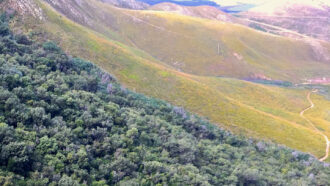 Life
LifeAfrica’s fynbos plants hold their ground with the world’s thinnest roots
Long, thin roots help this South African shrubland commandeer soil nutrients and keep the neighboring forest from encroaching on its territory.
By Jake Buehler -
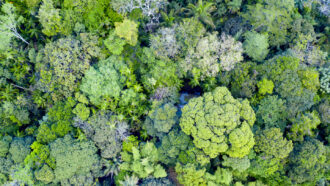 Plants
PlantsEarth may have 9,200 more tree species than previously thought
Estimating how many tree species are on Earth is an important step for forest conservation and protecting biodiversity.
By Jude Coleman -
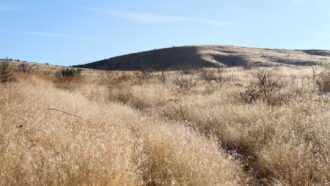 Plants
PlantsInvasive grasses are taking over the American West’s sea of sagebrush
Cheatgrass and other invasive plants are expanding rapidly in the western United States, putting more places at risk for wildfires.
-
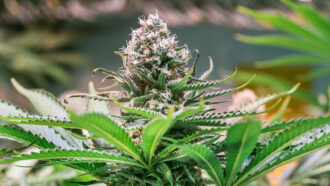 Chemistry
ChemistryHere’s the chemistry behind marijuana’s skunky scent
Newly ID’d sulfur compounds in cannabis flowers give the plant its telltale odor. One, prenylthiol, is what also gives “skunked beer” its funky flavor.
-
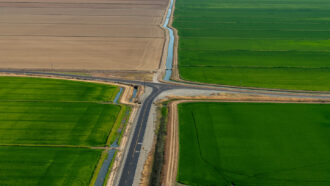 Climate
ClimateRice feeds half the world. Climate change’s droughts and floods put it at risk
Rice provides sustenance for billions who have no alternative, and climate change threatens to slash production. Growers will need to innovate to provide an important crop as climate whiplash brings drought and floods to fields worldwide.
By Nikk Ogasa -
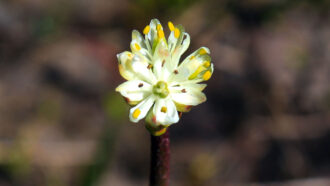 Plants
PlantsA well-known wildflower turns out to be a secret carnivore
A species of false asphodel wildflower snags prey with gluey, enzyme-secreting hairs, leaving a trail of insect corpses on its flowering stem.
-
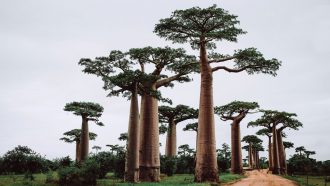 Climate
ClimateThe first step in using trees to slow climate change: Protect the trees we have
In all the fuss over planting trillions of trees, we need to protect the forests that already exist.
By Susan Milius -
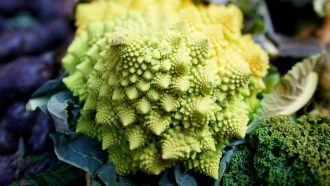 Plants
PlantsHow Romanesco cauliflower forms its spiraling fractals
By tweaking just three genes in a common lab plant, scientists have discovered the mechanism responsible for one of nature’s most impressive fractals.
By Nikk Ogasa -
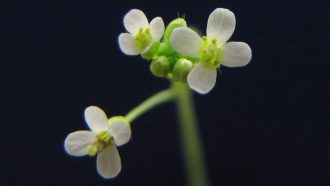 Plants
PlantsA widely studied lab plant has revealed a previously unknown organ
A cantilever-like plant part long evaded researchers’ notice in widely studied Arabidopsis thaliana, grown in hundreds of labs worldwide.
-
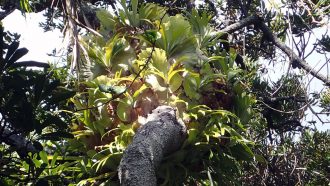 Plants
PlantsThese ferns may be the first plants known to share work like ants
Staghorn ferns grow in massive colonies where individual plants contribute different jobs. This may make them “eusocial,” like ants or termites.
By Jake Buehler -
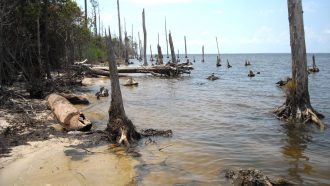 Climate
Climate‘Tree farts’ contribute about a fifth of greenhouse gases from ghost forests
Greenhouse gases from dead trees play an important role in the overall environmental impact of ghost forests, a new study suggests.
-
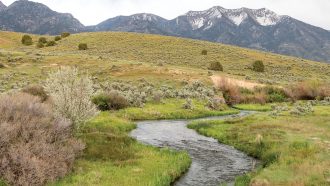 Ecosystems
EcosystemsSimple hand-built structures can help streams survive wildfires and drought
Building simple structures with sticks and stones — and inviting in dam-building beavers — can keep water where it’s needed to fight drought and wildfires.